Get the latest international news and world events from around the world.
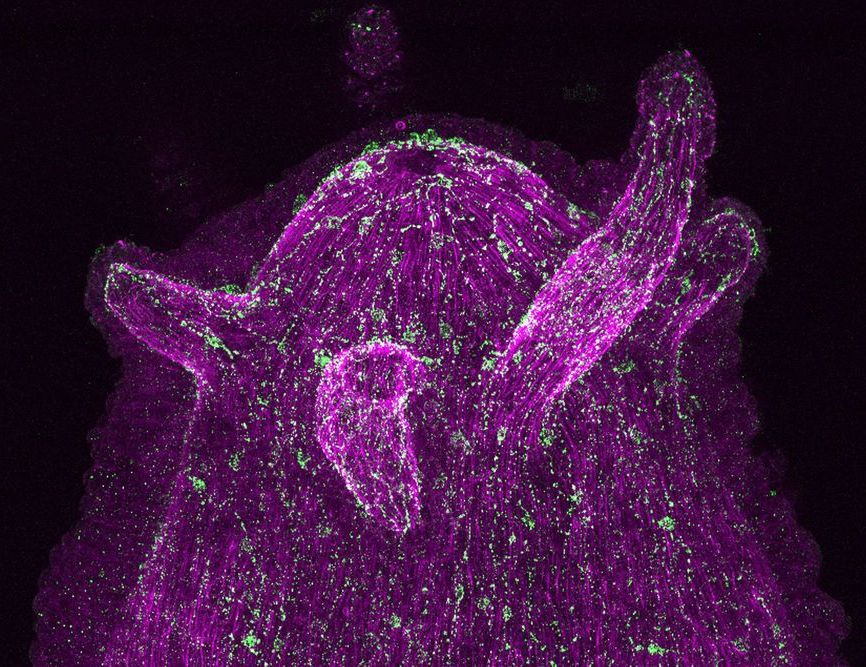
Researchers study if nerve cells evolved to talk to microbes
Various diseases of the digestive tract, for example severe intestinal inflammation in humans, are closely linked to disturbances in the natural mobility of the intestine. What role the microbiome—i.e. the natural microbial community colonizing the digestive tract—plays in these rhythmic contractions of the intestine, also known as peristalsis, is currently the subject of intensive research. It is particularly unclear how the contractions are controlled and how the cells of the nervous system, that act as pacemakers, function together with the microorganisms.
A research team from the Cell and Developmental Biology group at Kiel University has now succeeded in demonstrating for the first time, using the freshwater polyp Hydra as an example, that phylogenetically old neurons and bacteria actually communicate directly with each other. Surprisingly, they discovered that the nerve cells are able to cross-talk with the microorganisms via immune receptors, i.e., to some extent with the mechanisms of the immune system.
On this basis, the scientists of the Collaborative Research Center (CRC) 1182 “Origin and Function of Metaorganisms” formulated the hypothesis that the nervous system has not only taken over sensory and motor functions from the onset of evolution, but is also responsible for communication with the microbes. The Kiel researchers around Professor Thomas Bosch published their results together with international colleagues today in the journal Proceedings of the National Academy of Sciences (PNAS).
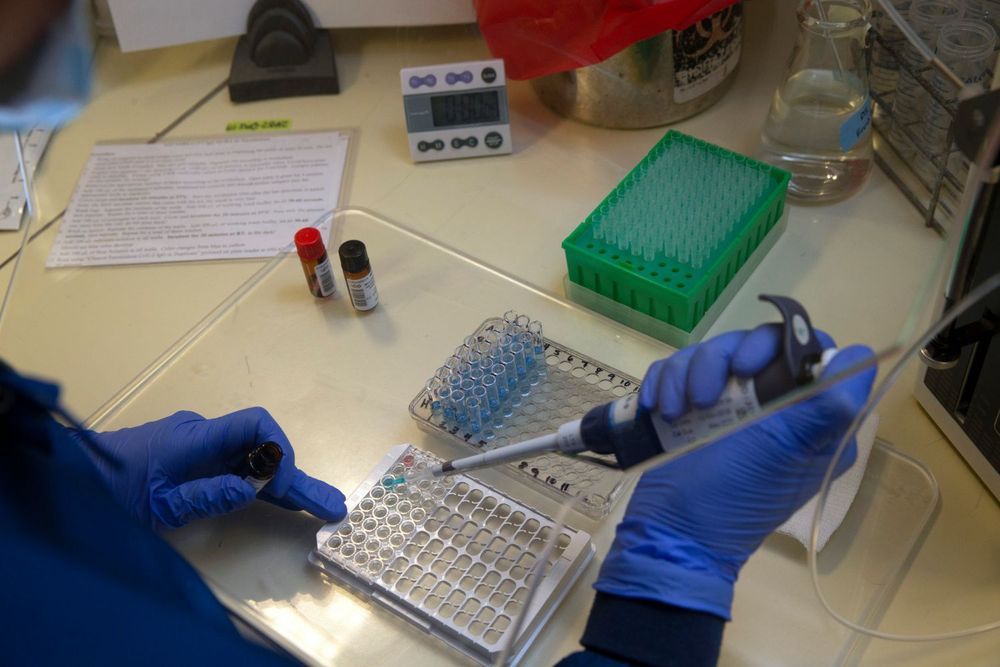
Stem Cell Therapy Designed To Treat Severely Ill Coronavirus Patients Being Tested In Maryland
Stem cells can be transformed into lung cells to replace the lung cells infected by COVID-19. These new lung cells will take in oxygen and release carbon dioxide, eliminating the breathing problems.
BALTIMORE (WJZ) — A stem cell therapy trial for the most critically ill coronavirus patients is underway in Maryland.
Researchers at the University of Maryland School of Medicine are trying to save the maximum number of patients who are significantly sickened by the virus and reduce the mortality rate.
Thanks to a sponsorship by Australian regenerative medicine company Mesoblast, the stem cell therapy trial is underway at several sites across the U.S., including in Maryland.



Supergenes – Massive Blocks of Genes – May Help Fill Lingering Gaps in Darwin’s Theories of Evolution
Supergenes Play a Larger Role in Evolution Than Previously Thought
Massive blocks of genes—inherited together ‘plug and play’ style—may play a larger role in evolutionary adaption than previously thought, according to new research in Nature.
Biologists identified 37 of these so-called ‘supergenes’ in wild sunflower populations, and found they govern the modular transfer of a large range of traits important for adaptation to local habitats. Those include seed size, timing of flowering, as well as the ability to withstand environmental stresses such as drought or limited nutrient availability, among many others.
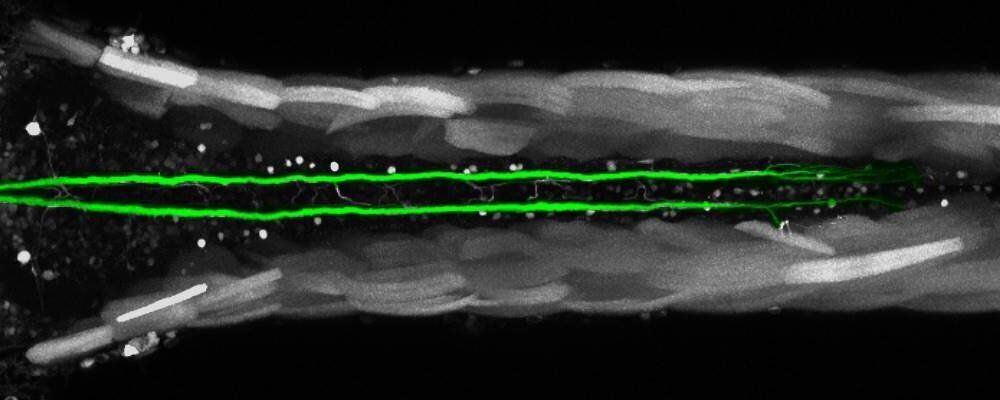
Scientists discover extraordinary regeneration of neurons
Biologists from the University of Bayreuth have discovered a uniquely rapid form of regeneration in injured neurons and their function in the central nervous system of zebrafish. They studies the Mauthner cells, which are solely responsible for the escape behavior of the fish, and previously regarded as incapable of regeneration. However, their ability to regenerate crucially depends on the location of the injury. In central nervous systems of other animal species, such a comprehensive regeneration of neurons has not yet been proven beyond doubt. The scientists report their findings in the journal Communications Biology.
Mauthner cells are the largest cells found in animal brains. They are part of the central nervous system of most fish and amphibian species and trigger life-saving escape responses when predators approach. The transmission of signals in Mauthner cells to their motoneurons is only guaranteed if a certain part of these cells, the axon, is intact. The axon is an elongated structure that borders the cell body with its cell nucleus at one of its two ends. If the injury of the axon occurs close to the cell body, the Mauthner cell dies. If the axon is damaged at its opposite end, lost functions are either not restored at all or only slowly and to a limited extent. However, the Mauthner cell reacts to an injury in the middle of the axon with rapid and complete regeneration. Indeed, within a week after the injury, the axon and its function are fully restored, and the fish is able to escape approaching predators again.
“Such a rapid regeneration of a neuron was never observed anywhere in the central nervous system of other animal species until now. Here, regeneration processes usually extend over several weeks or months,” says Dr. Alexander Hecker, first author of the new study and member of the Department of Animal Physiology. This finding clearly disproves the widely accepted view in the scientific community that Mauthner cells are unable to regenerate.
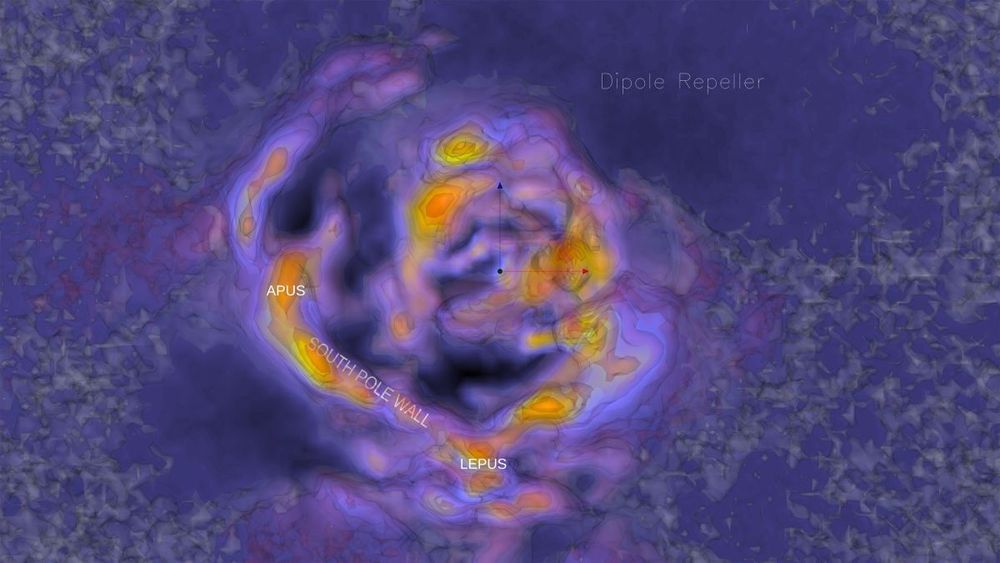
Astronomers discover South Pole Wall, a gigantic structure stretching 1.4 billion light-years across
Knowing how the universe looks on such large scales helps confirm our current cosmological models, Neta Bahcall, an astrophysicist at Princeton University in New Jersey who was not involved in the work, told Live Science. But determining where exactly these enormous, crisscrossing structures begin and end is tricky, she added.
“When you look at the network of filaments and voids, it becomes a semantic question of what’s connected,” she said.
In their paper, the team acknowledges that they may not have plotted yet the entirety of the vast South Pole Wall. “We will not be certain of its full extent, nor whether it is unusual, until we map the universe on a significantly grander scale,” they wrote.
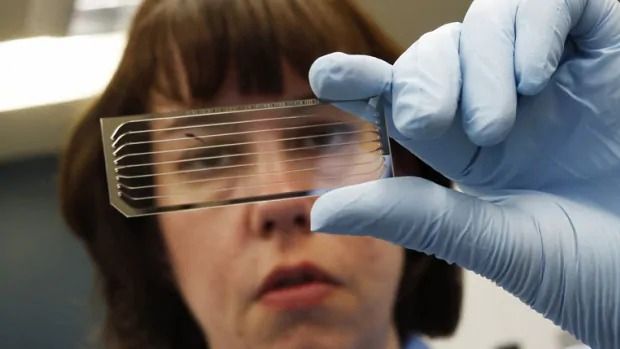
Supreme Court of Canada upholds genetic non-discrimination law
Canada’s highest court has issued a ruling today upholding a federal law preventing third parties, such as employers and insurance companies, from demanding genetic information from individuals.
In a 5–4 decision, the Supreme Court of Canada has decided the Genetic Non-Discrimination Act is a constitutional exercise of federal powers.

The tech industry comes to grips with Hong Kong’s national security law
Image Credits: Getty Images.
Scott Salandy-Defour used to make frequent stops at a battery manufacturer in southern China for his energy startup based in Hong Kong. The appeal of Hong Kong, he said, is its adjacency to the plentiful electronics suppliers in the Pearl River Delta, as well as the city’s amenities for foreign entrepreneurs, be it its well-established financial and legal system or a culture blending the East and West.
“It’s got the best of both worlds,” Salandy-Defour told TechCrunch. “But it’s not going to be the same.”